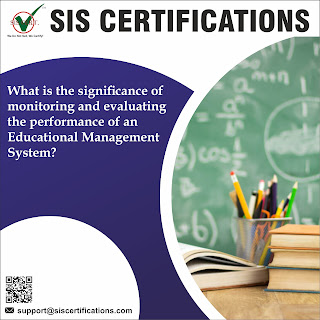What is the relationship between ISO 13485 and regulatory requirements for medical devices?

ISO 13485 is an international standard that specifies requirements for a quality management system (QMS) for organizations involved in the design, development, production, installation, and servicing of medical devices. This standard is specifically tailored for the medical device industry and is recognized globally. The relationship between ISO 13485 and regulatory requirements for medical devices is significant, and understanding this relationship is crucial for organizations operating in this industry. Here are key aspects of their relationship: Regulatory Compliance : ISO 13485 is often used by organizations as a basis for establishing their quality management system. While ISO 13485 certification provides a framework for a QMS, it does not replace or fulfill specific regulatory requirements. Instead, it is designed to help organizations meet regulatory expectations. Compliance with ISO 13485 is not a substitute for compliance with applicable regulatory require...


